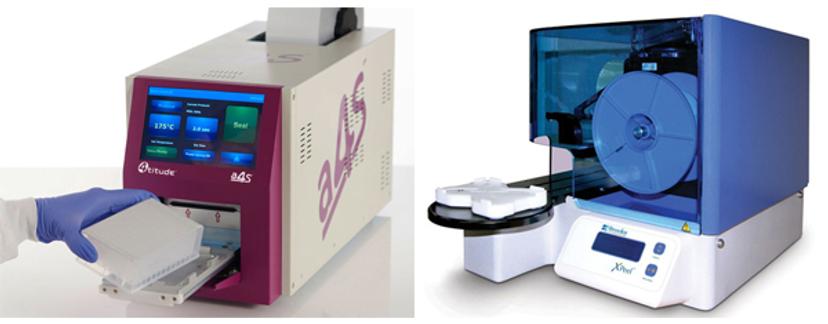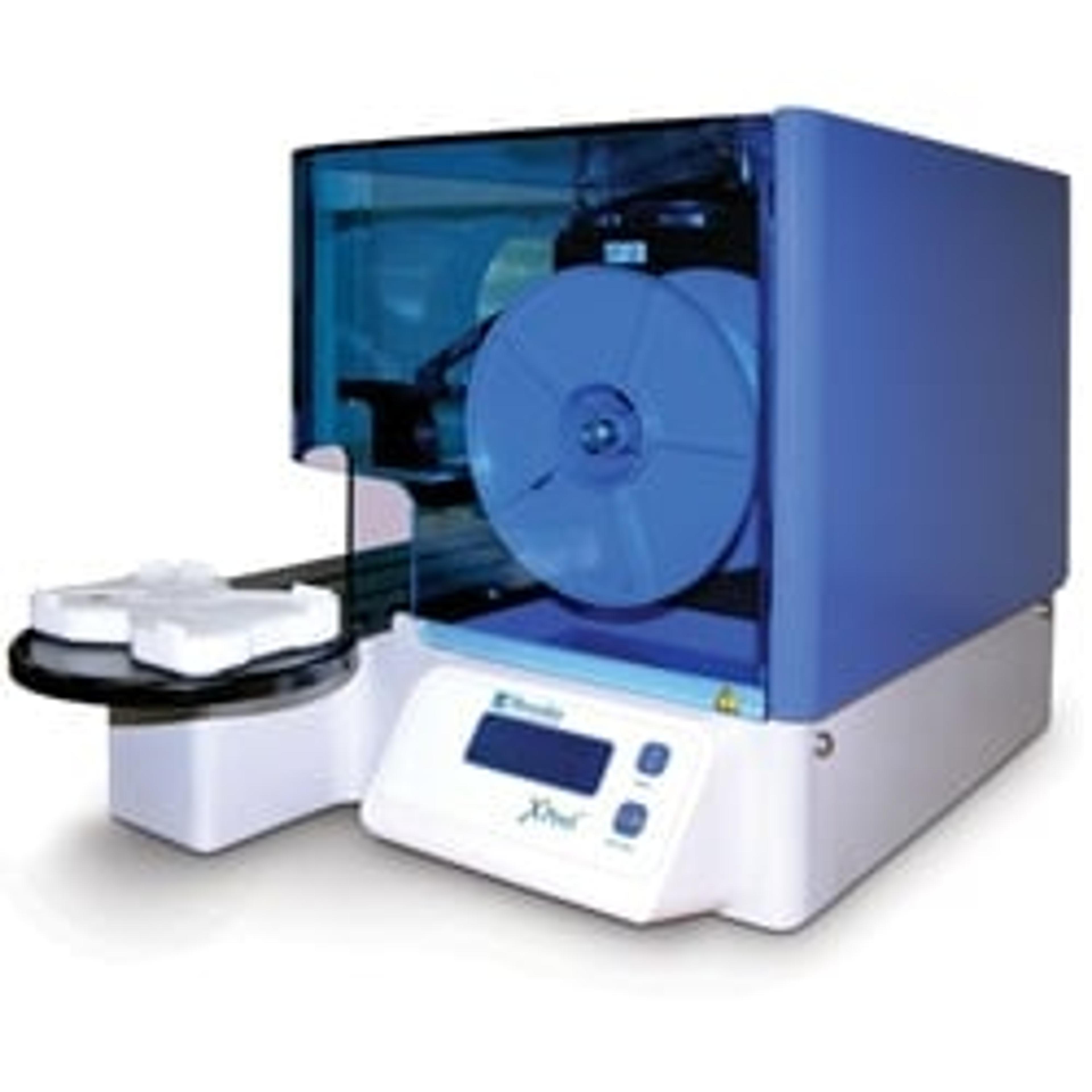The transformative benefits of automation in high-throughput drug discovery workflows
Learn how unique automation of some of the most routine processes in a workflow can transform emerging biotechnology companies
17 May 2020

The key to achieving high-throughput workflows in drug discovery is reliable automation and reproducibility. Reducing the probability of human error and opportunities for samples to become cross-contaminated is an important goal which can make a big difference to the fortunes of specialist biotechnology companies focused on specific targets. Small gains in automation can remove bottlenecks and enhance repeatability and consistency.
Take the PCR plate or microplate for example, integral to any biochemical assay and requiring of heat sealing and peeling. The removal of manual steps here can lead to higher throughput and a lower risk of sample contamination. To this end, technology provider Brooks Life Sciences has developed a unique solution that just might be the gold standard in automated plate heat sealing and peeling. Its benchtop 4titude® a4S Automatic Roll Heat Sealer and XPeel® Automated Plate Seal Remover have been added to the workflows at new US-based biotechnology company Jnana Therapeutics in Boston, Massachusetts. Principal Scientist, Dr. Vlad Zarayskiy, is in no doubt about the cumulative benefits the a4S and XPeel® brought to the company’s drug discovery programs.
Insights from the lab
Zarayskiy is an experienced industrial cell biologist with expertise in assay development. His workflows at Jnana Therapeutics faced two major hurdles – firstly, adhesive seals were needing to be attached manually, which was time-consuming, and secondly, those seals were not compatible with some instruments’ autosamplers. Brooks’ automated equipment solved his problems. “Having the a4S on site allows much more flexibility with experiments,” he says. “Additionally, an advantage of the a4S is that it is powered by electric motors, with no requirement for any air supply. This allows us to move the instrument around the lab when a lot of plate processing is required.”
Zarayskiy subsequently added the XPeel® to the company’s compound management workflow and the result was transformative. “Now all the sealing and removal of seals is done by instruments, which allows us to have sealed source plates at the beginning of the process, and resealed source plates and sealed destination plates at the end,” he says. “This has the added benefit of minimizing any evaporation of samples or any chance of foreign substances falling into the microplates from the air,” Zarayskiy adds. A further benefit has been realized through the integration of the XPeel® in the workflow – it has eliminated the need for additional culture plate lid disposal.
He concludes that the combination of the a4S and the XPeel® “allows for truly automated and rapid compound addition, and the preparation of assay-ready plates.”

Unexpected Benefits
In these uncertain times resulting from the COVID-19 pandemic, Zarayskiy closes with an observation about the impact of the instruments have on the company’s high-throughput screens and medicinal chemistry campaigns: “Our workflow was created to increase throughput and autonomy of compound management operations. Utilizing the a4S sealer and XPeel®, we are able to process dozens of plates in walk-away fashion, which has become especially handy in COVID-19 times when only a few people are allowed in the lab.”
Find out how Brooks Life Sciences’ 4titude® a4S Automatic Roll Heat Sealer and XPeel® Automated Plate Seal Remover could help you in our new downloadable application eBook.

